PreventionWeb is a global collaborative knowledge sharing platform on disaster risk reduction (DRR), managed by the UN Office for Disaster Risk Reduction (UNISDR). The site offers a range of knowledge products and services to facilitate the work of DRR professionals.
PreventionWeb remains first and foremost a collaborative platform, with content for and from the global DRR community. Updated daily, the knowledge base features content from over 8,000 organizations working towards reducing disaster risk and building disaster resilience at the local, national and regional levels.
With an average of 90,000 monthly visits and close to 10,000 subscribers, materials published on PreventionWeb reach a wide community of DRR, humanitarian and development professionals.
In an effort to promote DRR knowledge to new audiences and platforms, PreventionWeb offers free access to its knowledge base, through a public API. The technology allows organizations to use, publish and contextualise PreventionWeb’s content, alongside their own data. The data can be filtered by theme, hazard, region or country and repurposed in a database, website or mobile app.
(Post extracted from original article: “PreventionWeb marks 10th anniversary with launch of new features“)
